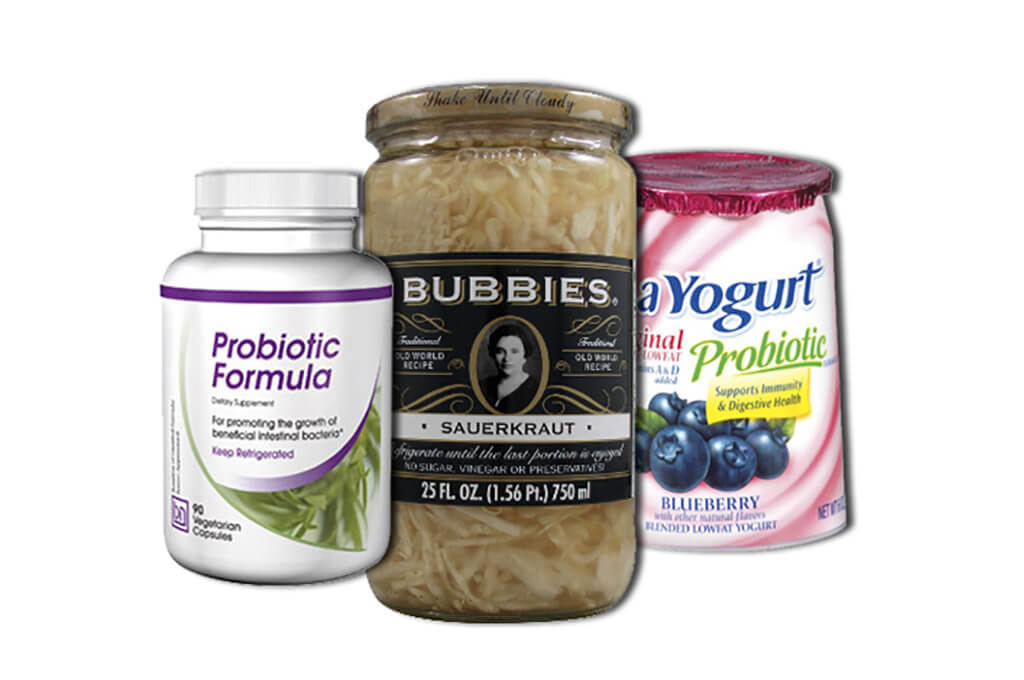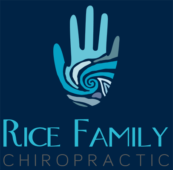Where do you get your probiotics? And does it really matter?

Where do you get your probiotics? And does it really matter?
Did you know that inside your gut there are currently approximately 100 trillion microorganisms? That’s 1000 times more than all the stars in the Milky Way and it’s about the same as the entire population of ants on Earth. And while the thought of all those creatures within us may give some people the heebie-jeebies, without them we’d have a hard time digesting our food and would likely end up malnourished and prematurely dead.
Yes, we’re carrying around a menagerie of microorganisms inside us, so it seems obvious that we also need an astronomical number of good bacteria, or probiotic microbes to be able to tip the scales in the favour of our good health.
Probiotics are live microorganisms that are similar to those found in the digestive tract. Some of the more common examples include bacteria from the genus Lactobacillus (such as L. acidophilus and L. casei) and Bifidobacterium (e.g. B. infantalis and B. animalis). Ingesting probiotics in live yogurt (yogurt containing good bacteria) or as a dietary supplement is commonly thought to have a beneficial effect on the intestines by maintaining a healthy balance of gut bacteria. And, of course, advertising reinforces this idea.
But the trouble with products you buy at the grocery store is that many don’t carry the numbers required to have an appreciable benefit to your health. Since there are 100 trillion microorganisms bobbing around in the belly, a probiotic supplement with only ten million colony forming units of bacteria is just 0.000001% of that host population. The relative strength of the army of good bacteria to the rest is miniscule. Such low numbers of good bacteria are thought to be just as unhelpful as regular yogurt or other natural foods, unless the supplement is either enterically coated or contains acid-resistant bacteria, both of which help survival in the stomach.
The Colony Forming Units or CFU number of a probiotic supplement is a rough guide as to how effective it might be, but other factors are important as well. Supplements that contain just a single strain of probiotic species will not be able to work anywhere near as effectively as one containing multiple strains of good bacteria. In part, that’s because there are more than 400 different species of microorganism in our intestines, each doing its part to help the digestive process and stopping the growth of harmful parasites and pathogens in the gut.
That being said, supplements that contain more strains aren’t necesarily better either. With each new strain of microorganism added, there will be proportionally fewer of any one good bacteria. Some studies have suggested that somewhere between as many as seven and as few as three strains is ideal for optimal effectiveness. If any one strain drops to fewer than 2,000,000 CFU, their effectiveness drops to “useless”.
Importantly, not all strains of bacteria are created equal. Some are more effective than others. In particular, the genus Lactobacillus and Bifidobacterium are considered to be the most reliable. Some strains of Saccharmyces , such as S. boulardi may also be effective so look for these where available.
Literally hundreds of foods claiming to have probiotic supplements of some form or another can be found in most grocery and health food stores at a variety of prices. The question is, however, which of these work and do some work better than others, or should we just buy the cheapest brand and be done with it? The truth is, very few products have been given the scientific scrutiny they would need to make any real claims.
For starters, it’s important to note that the current probiotic craze is more than a passing fad. Probiotic-rich diets are a part of many healthy food cutures, such as in Japan. The probiotic supplements found at the store usually contain only one or two strains of bacteria considered to be helpful. Contrast that with raw sauerkraut, which can contain a mixture of more than 13 different species of gut-friendly bacteria, according to a study published in the December 2007 issue of “Applies and Environmental Microbiology.” Another study tested fourteen probiotic enhanced products and found that only one contained the exact species stated on the label.
In addition to ensuring that you are buying a quality supplement, there are some other things you can do to improve the effectiveness of your probiotic. First, always keep your probiotics in the refrigerator. Second, consume foods known as prebiotics that improve the growth of good bacteria. Prebiotics include the amino acids lysine and methionine, which are found in fiberous foods such as artichokes, asparagus, garlic, onions, grains and roots like chicory, dandelion and elecampane.
Lastly, if you are buying supplements, make sure the products you buy state the active probiotic constituents, and be sure those probiotics are known to actually have some health benefits. Research shows that some probiotics may be effective in a number of ways, such as modulating the immune system, reducing allergic reactions, shortening the length and severity of colds in children, relieving diarrhea and irritable bowel symptoms, and improving the function of the epithelium. Amazing stuff, but many of the probiotics out there do none of that… so, as always, buyer beware!
At Rice Family Chiropractic we take a holistic approach to healthcare. Whether it’s your spine or your gut, it’s good to look at the whole picture when assessing how to achieve optimum health. That means being mindful about what you eat, how much you sleep, and your daily exercise. If you have any questions about how chiropractic can help you and your family, please don’t hesitate to call us.

















